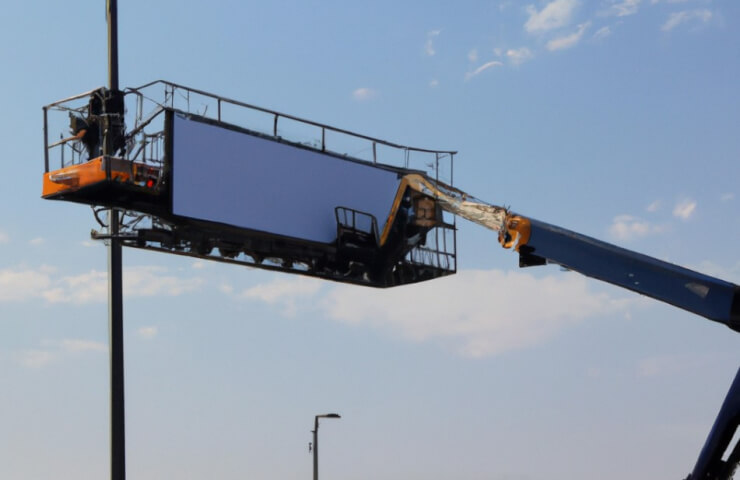In the modern world, robotics is actively penetrating many industries, and aerial platforms in Kyiv are no exception. Integrating robotic systems into aerial platforms can increase the efficiency, safety and versatility of these machines. In this article, we will consider the main areas of joint work of aerial platforms and robots, as well as their development prospects.
Robots-manipulators on aerial platforms
The use of robotic manipulators on aerial platforms allows you to automate a range of operations, such as installation and dismantling of equipment, repair and maintenance of high-rise facilities, and cargo handling. Robotic arms can be equipped with various tools and sensors, which makes them highly versatile and flexible.
Inspector robots for monitoring the condition of aerial platforms
Inspector robots can be used to regularly monitor the condition of aerial platforms and identify signs of wear, corrosion and other defects. Such robots can be equipped with high-resolution sensors and cameras that allow equipment diagnostics without direct operator intervention, reducing maintenance time and costs.
Autonomous aerial platforms with robot operators
Development of fully autonomous aerial platforms with robot operators can become the next step in the development of this industry. Such aerial platforms can be equipped with artificial intelligence and machine learning systems that allow them to independently perform tasks and adapt to changing conditions. Autonomous aerial platforms with robotic operators can significantly reduce work time, reduce risks for personnel and increase the efficiency of tasks at height.
Integration of aerial platforms with unmanned aerial vehicles
Cooperation of aerial platforms and unmanned aerial vehicles (UAVs) can significantly expand the possibilities of high-altitude work. UAVs can be used for preliminary reconnaissance and collecting information about the working area, as well as for monitoring work on the aerial platform from a height. The integration of UAVs with aerial platforms can also contribute to the development of systems for automatic positioning and navigation of aerial platforms.
Training operators of aerial platforms using robots and virtual reality
Application of robotics and virtual reality technologies reality can significantly increase the effectiveness of training operators of aerial platforms. Robot simulators and virtual reality simulators allow operators to learn the skills of working on aerial platforms in a safe environment, as well as receive feedback and analyze their actions in real time.




